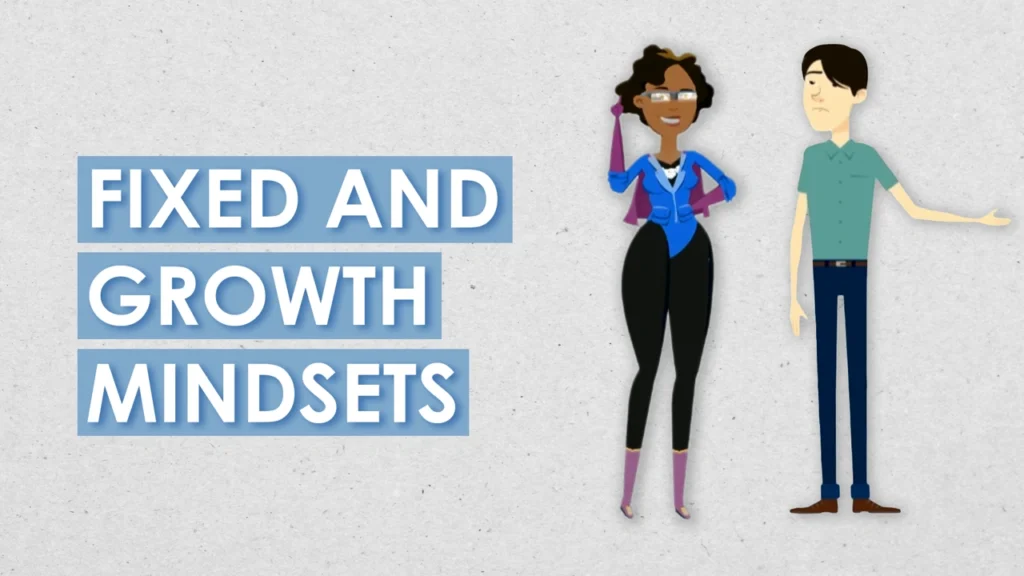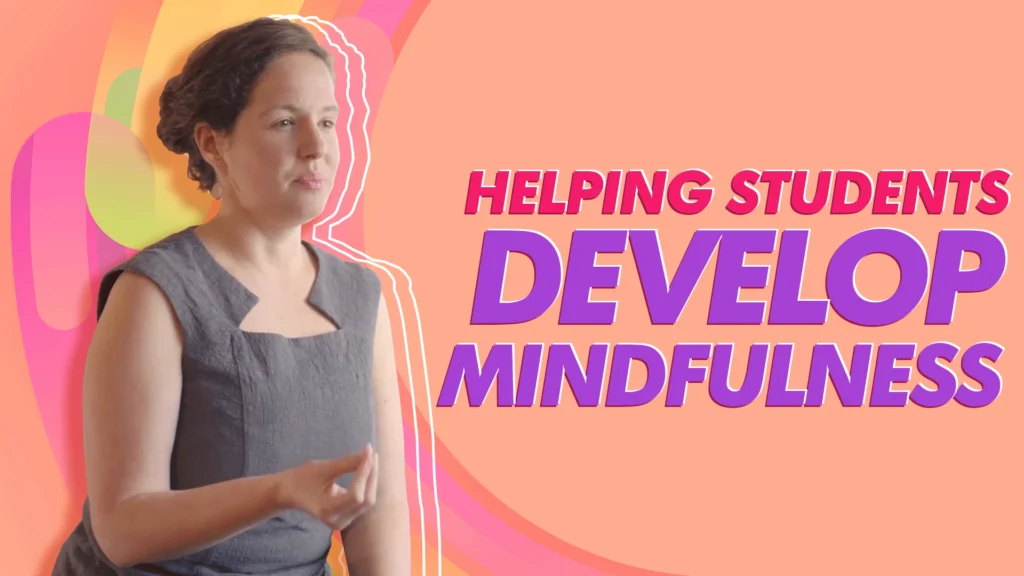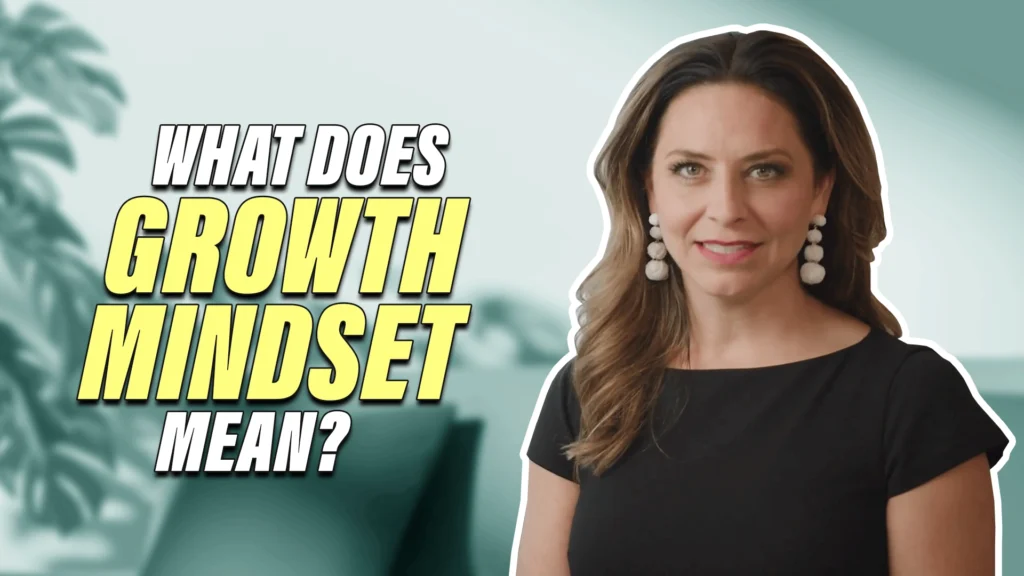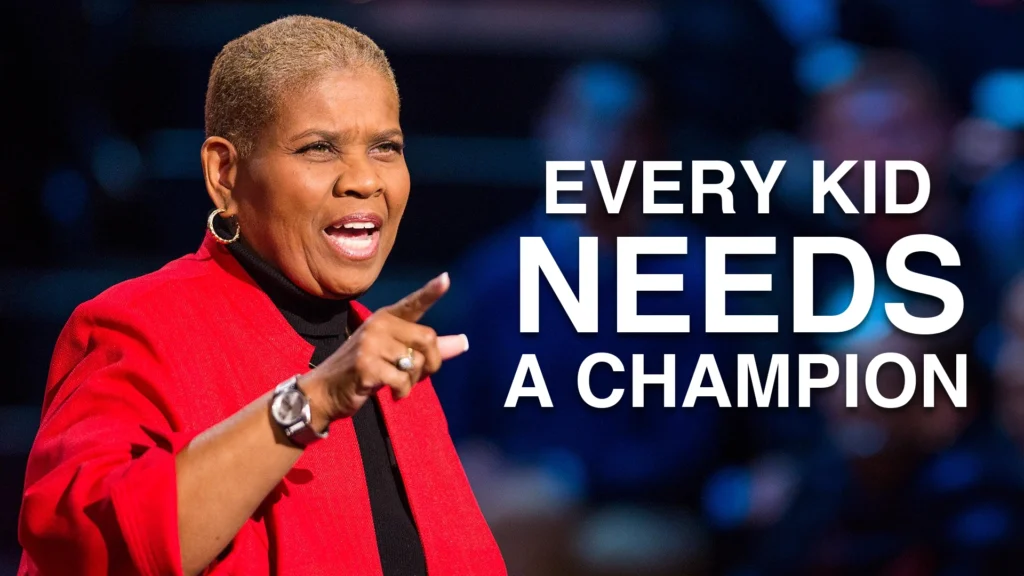9 Growth mindset activities and strategies for students
In this guide
Introduction
If you work in the education world then you are in the business of growth.
It is easy to get distracted by class centric assessment metrics and content standards and forget that each individual learner has a unique starting point which requires personal attention as they progress through their own educational journey.
The growth mindset is a fairly simple idea to understand and support but that does not mean that it is easy for students to develop. Our brains sometimes work against us by using negative self-talk and creating doubt in our own abilities.
Intentionally designing and implementing growth mindset activities for students can foster resilience to overcome the obstacles they will face both inside and outside of the classroom. These strategies are really rewarding to teach because you can see the change in your students and know that you are reducing barriers for them to reach their potential.

The benefits of a growth mindset for students
If you have heard of a growth mindset then you are probably familiar with Carol Dweck.
Dweck’s research and work has popularized and validated this approach to learning and development. Many schools use words such as ‘grit’, ‘persistence’, ‘resilience’, and ‘lifelong learners’ to communicate the focus on a growth mindset.
Individuals who develop a growth mindset believe that their abilities and intelligence are a result of their effort rather than something predetermined at birth. This perspective leads to numerous benefits, including:
1) Increased motivation
Recent research using a neuroscience perspective is beginning to show a link between a growth mindset and higher levels of intrinsic motivation (Ng, 2018).
2) Higher self-esteem
Research shows a positive correlation between a growth mindset, reasoning ability, and self-esteem. Being able to logically look at successes and failures is incredibly important for one’s self-image (Wang et al., 2021).
3) Resilience and persistence
When students believe that their performance is determined by the energy they put toward a certain task it gives them a sense of ownership that helps them maintain focus when facing obstacles. (Dweck, Walton, & Cohen, 2014).
4) Increased academic performance
Students with a growth mindset are more likely to display the important behaviors and attitudes necessary for success in school (Dweck, 2007).
5) Improved mental health
Studies show that a growth mindset can help reduce stress by providing positive coping strategies in the face of life’s challenges ( (Tao et al., 2022)

Growth mindset activities for the classroom
Incorporating growth mindset activities for students in the classroom.
1) Best failure
Ask students to think about a time where they ‘failed’ or had a setback that ended up being a good thing in the end. I have students write these down and then we go around the room and share them.
I always make sure to provide an example or two from my own life to get the conversation going. This activity helps to take the pain out of failure and shows that ‘failing’ can be an opportunity for something better rather than a devastating conclusion.
2) Case study
Many times we think about success as an ‘overnight sensation’ because we do not see the hard work and list of failures that preceded the accomplishment. This activity helps to shatter the overnight sensation myth with some background information.
Activity:
- Allow students to choose a historical figure or personal hero to research.
- Ask them to learn about the person’s life story and focus on the obstacles they had to overcome on their journey.
I like to have my students present their findings and then we come up with a list of traits and qualities that these individuals have in common that allowed them to achieve their goals.
3) Self talk
We can be our own worst enemies sometimes because we talk to ourselves in a way we would never communicate with another person. Being too hard on ourselves can make mistakes turn into incorrect beliefs about our abilities.
Activity:
- Start by having students write down some things they do not like about themselves or they believe they are not good at. Ask for volunteers to share some responses.
- Next, have students rewrite each item on their list from the perspective of their best friend. What would they say about each statement if their best friend was the one speaking those words?
It is a simple activity but quickly shows students how important it is to treat themselves with the same grace as they would for a friend. Mindfulness and Growth Mindset provides guidance and suggestions for how to rephrase negative statements with a more positive tone.
4) Performance analysis
This works equally great whether students do well or poorly on an assignment. Asking them to reflect on the steps and actions leading up to the results emphasizes how process impacts performance.
Activity:
- I ask students to identify 3-4 decisions or actions they feel affected the outcome of their work (e.g. asking questions, procrastinating, taking notes, etc.).
- For each item on their list, they should explain how this information can be used in the future to increase chances of success.
I love how this activity helps students acknowledge the numerous actions in their control that are involved in success or failure.
5) Goal setting
When students have clear and meaningful goals to work on then it is much easier to convince them about the importance of process and perseverance in pursuit of excellence. I like using the SMART goals framework but there are a variety ways to create and track goals.
Activity:
- Ensure students are developing very clear goals that can be measured over a specific time period.
- Then, have them keep a goals journal where they can monitor their progress and write about both successes and setbacks.
This is a great activity to help empower students and encourage them to take more ownership over how they spend their time and focus. I am always amazed by how shocked students are by their progress when they dedicate the attention needed to move forward.
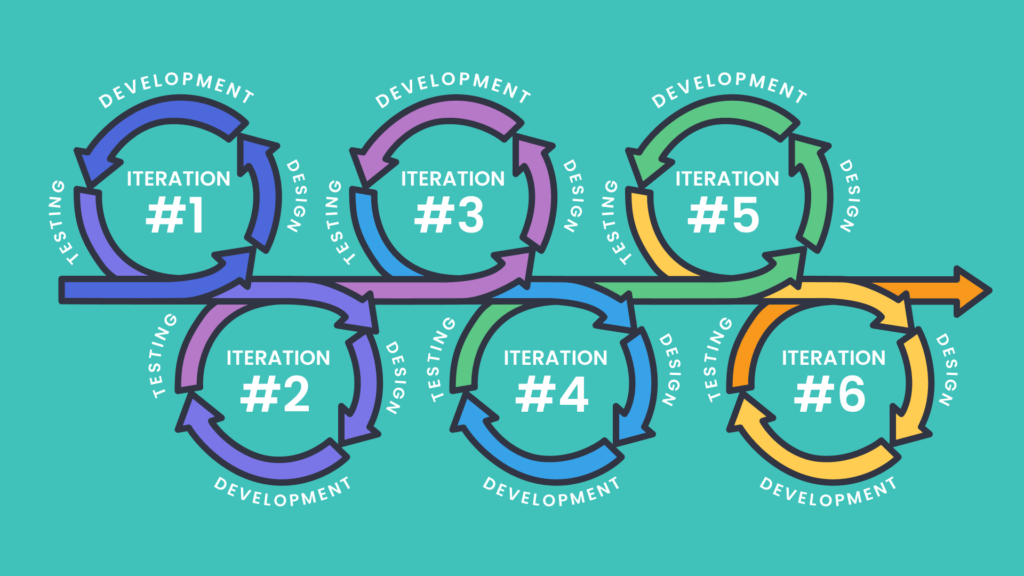
Strategies for embedding a growth mindset in teaching
How we run our classes on a daily basis can have an enormous impact on fostering resilience in our students. The more that we are authentically about a growth mindset, the more likely our students are to adopt it.
What Does the Growth Mindset Mean? is a great video for teachers because it gives important background on this concept and provides evidence about why it is worth your time to include these strategies in your practice.
Here are some suggestions on how to cultivate a growth mindset without having to explicitly teach it to students:
1) Use intentional language
One of the scariest things as an educator is realizing how the words coming out of our mouths may be interpreted differently by different students. Most of the time we do not even pay attention to how we phrase things because so much is going on but our words can have real power.
I like to say “not yet” as much as I can when students are asking for feedback on their work. It is subtle but sends the message that they can and will do better if they keep working on it.
Asking questions rather than supplying answers also helps encourage students to pursue knowledge using their own thinking. Over time, they will begin to realize their questions are ones they can solve and that curiosity is the beginning of the learning process.
If you need any inspiration about how much our words and actions impact the way our students approach their learning, watch Rita Pierson’s Ted Talk, Every Kid Needs a Champion.
2) Model the mindset
Be human and own your mistakes whether it is in front of your students or not. In the past few years, I have shared my experiences and setbacks as I tried to build a Business and Design pathway from scratch.
The other day I showed them an email folder I have with the messages sent trying to remodel our classroom into a creator space. They love our room but I think they appreciate it more when they know how many years of work went into it.
I also love showing some of my teaching materials I created when I first started. Whether it is an ugly PowerPoint or a traditional test, they can see how the things I may be embarrassed by now were actually an important part of my journey as an educator.
3) Calculated praise
When students are rewarded for being smart or intelligent it creates the perception that these are fixed attributes rather than ones developed over time.
Find ways to acknowledge behaviors related to a growth mindset such as:
- Asking for help,
- Asking questions,
- Showing resilience,
- Choosing a challenging problem, and
- Revising work.
4) Encourage revisions
Design your class and assessments to help eliminate the finality of learning. Too often students associate the value of learning and their ability with test scores.
If possible, allow students multiple attempts on assignments and projects since this is more common with real life problems. A nice touch is to require students to include a short reflection for each revision on how they learned from their mistakes.
Some of my colleagues argue that doing this is too much work or unfair to students who perform well the first time. I respond that the lesson of perseverance and growth outweighs those concerns in my book.
Resources to support growth mindset development
Whether you are the teacher or the learner, a growth mindset helps you keep moving forward and constantly developing new skills and abilities. ClickView offers a variety of resources to help teachers implement growth mindset activities for students.
These engaging videos, guides, and interactive materials provide practical into fostering resilience and student mindset development.
Some wonderful ClickView resources you can use in your instruction to foster resilience in your students include:
Conversations with Carol Dweck
These videos are an amazing place to start as a teacher in order to develop a better understanding of the work and background of the individual responsible for groundbreaking research on a growth mindset. Check out:
Design Thinking
The short series Design Thinking offers an interactive framework to help you and your students practice a growth mindset. These videos help move the conversation from a conceptual conversation to a concrete plan of action.
Leadership and career preparation
Future Skills of the Workforce – Igniting the Leaders of Tomorrow: Growth Mindset is a great series for older students to learn how a growth mindset is a valuable asset to have well beyond school. These videos are a great resource for allowing students to understand that these skills are not limited to just academic success.
Regardless of the subject or grade level that you teach, incorporating growth mindset activities into the classroom can transform the way students approach both learning and personal development.
We want our students to understand that struggles and obstacles are a normal part of school and everyday life. Empowering students to view these challenges as learning opportunities that they are equipped to handle is a critical part of their developmental process.
The less time students worry about failing or being incapable of accomplishing something, the more cognitive energy they can apply to the task at hand. Struggles and setbacks can be normalized so students understand that it is a natural part of the learning process rather than an individual deficiency.
Commit to a focus on implementing growth mindset strategies in your classroom and you will be providing your students with the ability to thrive as a lifelong learner in a rapidly evolving world. It might not be something that can be easily measured or quantified but do not let that stop you from emphasizing this critical approach to healthy and sustainable development.
References
- Constantly Down on Yourself? How To Stop Negative Self-Talk. (2022, September 26). Cleveland Clinic Health Essentials. Retrieved January 26, 2025, from https://health.clevelandclinic.org/what-is-negative-self-talk-and-how-to-change-it
- Dweck, C. S. (2007). Mindset: The New Psychology of Success. Random House Publishing Group.
- Dweck, C., Walton, G. M., & Cohen, G. L. (2014). Academic Tenacity: Mindsets
- and Skills That Promote Long-Term Learning. Seattle, WA: Bill & Melinda Gates Foundation.
- Ng, B. (2018, January 26). The Neuroscience of Growth Mindset and Intrinsic Motivation. National Library of Medicine. Retrieved January 25, 2025, from https://pmc.ncbi.nlm.nih.gov/articles/PMC5836039/
- Tao, W., Zhao, D., Yue, H., Horton, I., Tian, X., Xu, Z., & Sun, H.-J. (2022, April 14). The Influence of Growth Mindset on the Mental Health and Life Events of College Students. National Library of Medicine. Retrieved January 24, 2025, from https://pmc.ncbi.nlm.nih.gov/articles/PMC9046553/
- Wang, D., Gan, L., & Wang, C. (2021, January 28). The effect of growth mindset on reasoning ability in Chinese adolescents and young adults: the moderating role of self-esteem. Current Psychology. Retrieved 26 January, 2025, from https://jyxy.hznu.edu.cn/upload/resources/file/2021/07/06/7654286.pdf

Nick Schwab
briefcase iconLearning Experience Designer
Nick combines his background in psychology, education and design to create physical and digital experiences that empower, engage, and excite learners. His passion lies in constantly developing new learning pathways for students that challenge the status quo in education.
Other posts
Want more content like this?
Subscribe for blog updates, monthly video releases, trending topics, and exclusive content delivered straight to your inbox.



